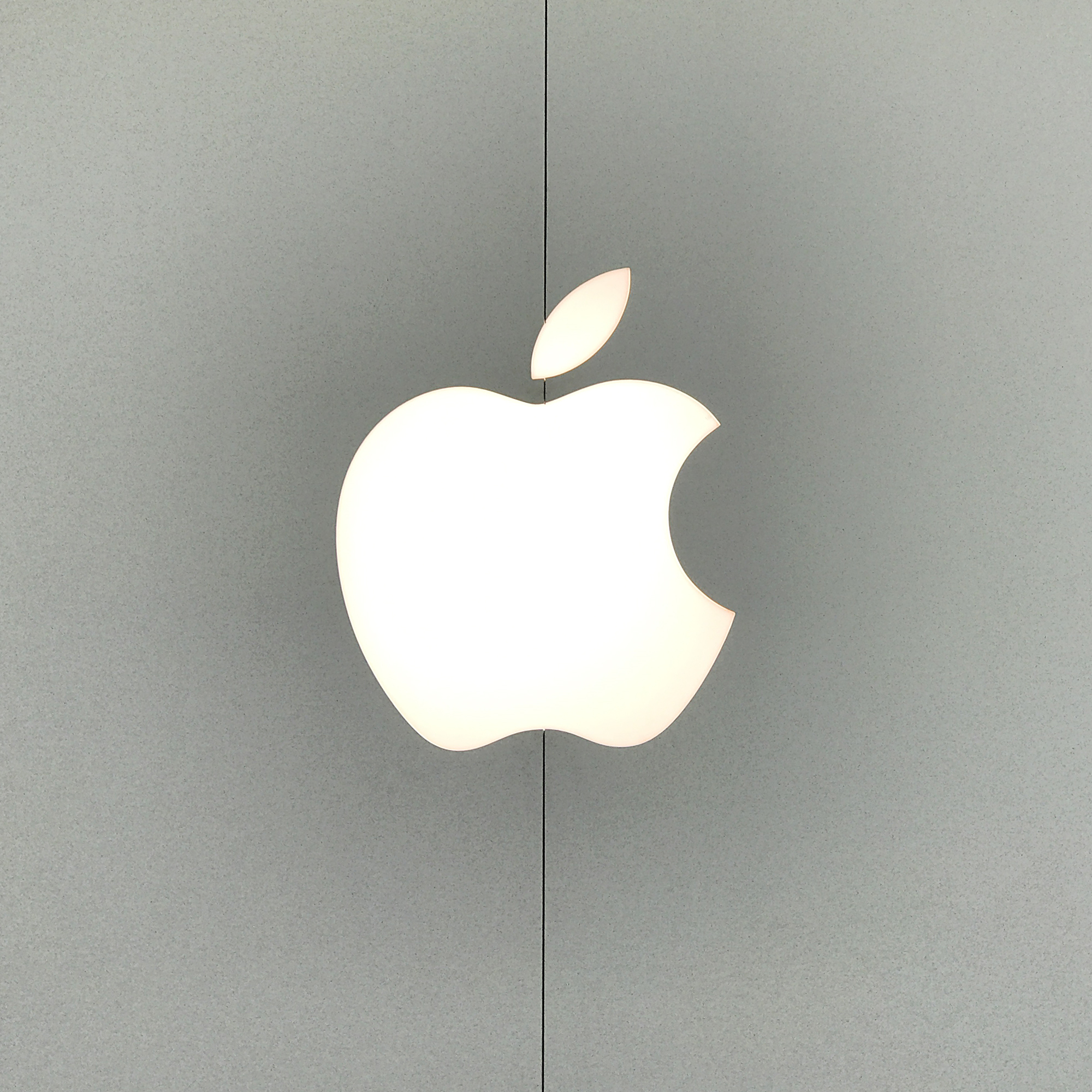Blog
iOS App Development Tips to Refine Your App Design

Designing a beautiful, engaging app that stands out is not an easy feat. Many apps fail to persuade users to make a purchase or continue using the apps, not only because of the lack of value but also because of common design mistakes. Whether you’re in the process of designing a new app or you already have an existing app that you want to improve, the following iOS app development tips will help you understand how to refine your app design and make it more appealing to users.
No Login Requirement in the Welcome Screen
Whenever users try out a new app, they typically don’t expect to immediately encounter a login welcome screen. Apple’s “iOS Human Interface Guidelines,” which is a comprehensive iOS app development tutorial, reveals that users want to navigate through most of an app and experience using some of its features without the need to log in right away. Apple recommends delaying a login requirement for as long as you can, as exemplified by the App Store, which doesn’t force users to log in unless they want to make a purchase.
Users often tend to abandon apps that require them to log in before they can try any of its features. Unless an account is an essential requirement for using your app, it’s a smarter choice to delay the need for logging in, and to let users take a peek at what you have to offer before making a decision to create an account.
Pixel-Perfect Design and Great Color Schemes
Every detail matters in an app, and you should aim to make every pixel count. You’ll notice that the most popular iOS apps don’t skimp on details, even on small items. Check if the icons on your app stand out by creating mock-ups on a desktop, and keep on tweaking and making changes until you achieve a well-thought-out and well-crafted design. Choose fun and beautiful contrast and color schemes that are pleasing to the eye and are not uncomfortable to look at even when using your app for hours.
Easy Navigation and User-Friendly Interface
While navigating an app should be aesthetically pleasing, Apple’s “iOS Human Interface Guidelines” emphasize the importance of striking a balance among navigation, functionality and intuitiveness. A well-designed app clearly shows users what they can do with the app and how to do so. Every part of your app should not only present a visually striking design that’s easy on the eyes but also flow smoothly to its subsequent screen displays. Each screen should properly explain gesture controls and other necessary actions from the user.
Excellent User Control
Immerse users in a state of flow, allowing them to perform an activity with a feeling of full involvement, focus and enjoyment. For a fluid user experience, it’s important to be unobtrusive as much as possible. For example, instead of surprising users with unexpected pop-ups, prepare them by displaying the number of steps to take and the remaining steps left to complete an action.
Context is also essential. If your app needs numerous permissions, you can avoid breaking the flow by requesting in a way that feels natural. Explain the importance of knowing certain information before displaying a pop-up permission box. To make users feel that they’re in control, provide easy options to cancel operations and offer familiar and predictable interactive elements.
Short and Clear Texts
Many users prefer to read concise texts in the interface without redundant or unnecessary words. People tend to absorb short texts more easily and quickly, so be sure to identify the most important information that you need to convey and express it concisely. Display the text clearly and succinctly using a perfectly readable font so users won’t have to squint or scan through chunks of texts to find out what to do next.
Metaphorical Actions
Integrate virtual objects and actions that serve as metaphors for familiar real-life or digital experiences to make it easier to use your app. For example, you may allow users to simulate the action of flipping books by swiping on the screen. Whether you’re providing options for moving sliders, scrolling through picker values or toggling switches, it helps to incorporate recognizable items and actions to simplify the use of your app.
The best iOS apps boast a well-executed design that’s suited for the intended platform and purpose. Remember to plan your design carefully and pay attention even to the minor details like the UI sounds and app icon. When you adhere to Apple’s guidelines and principles and take time to focus on improving user experience, you’ll be able to create stunning, engaging apps that can climb to the top of the App Store charts.